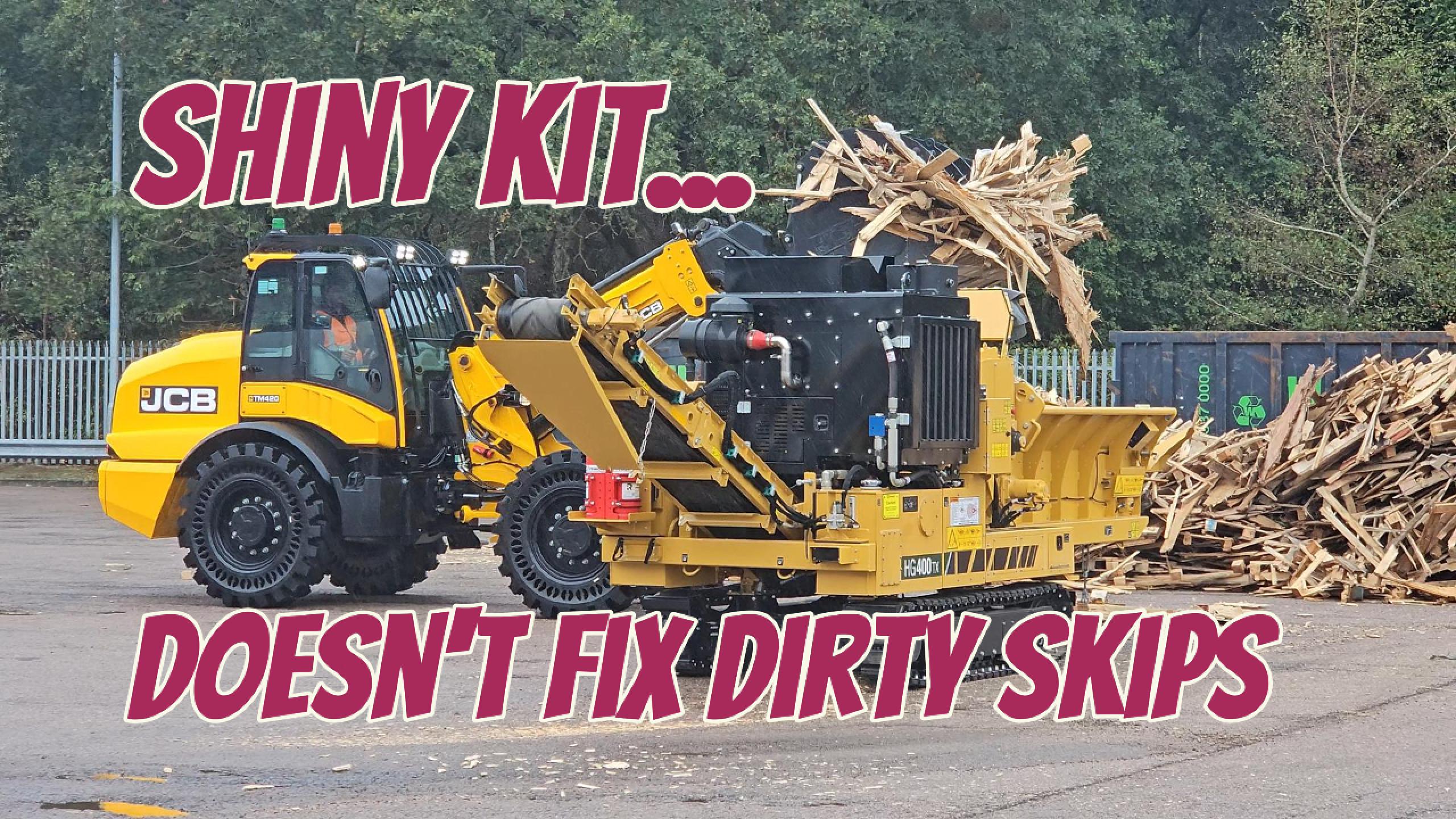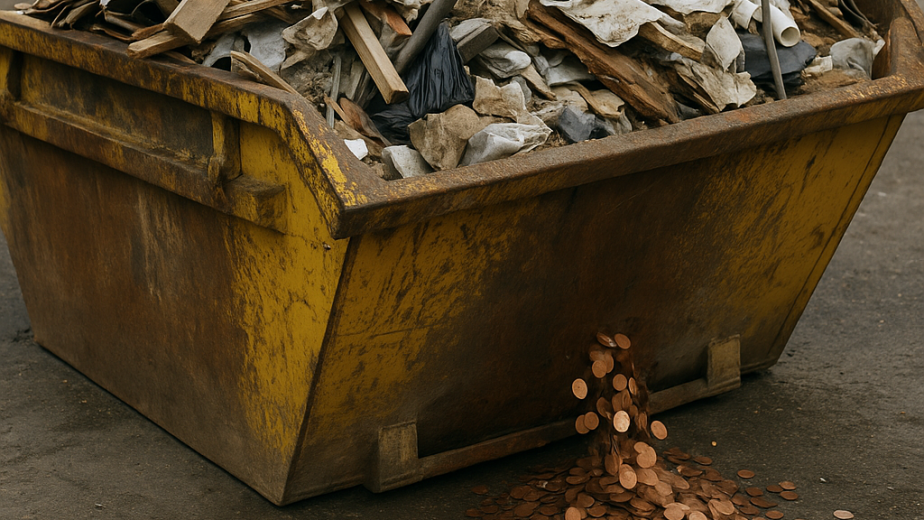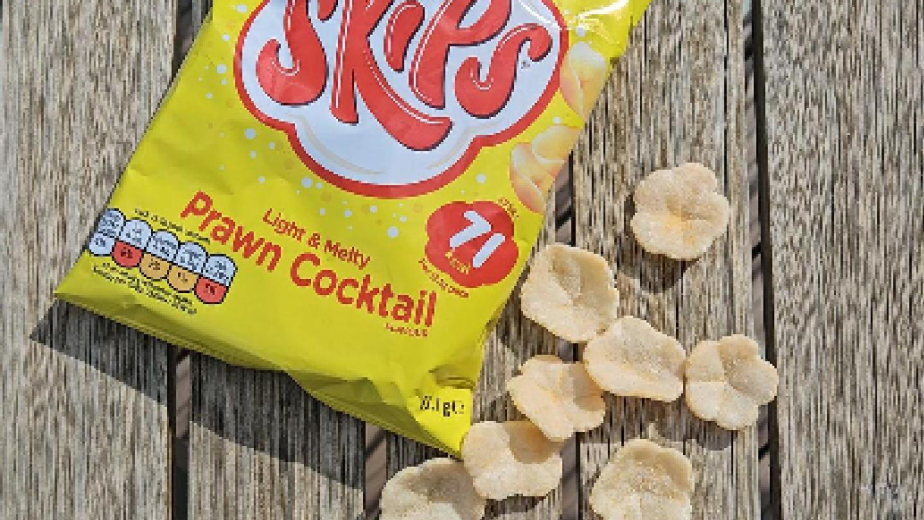Like many of you, I spent a day at the RWM show last week — some of you maybe spent two. It’s always a good chance to catch up with your network, but it’s also the one time of year you can surround yourself with all the latest shiny bits of plant and technology.
Countless firms from around the globe, all in one place, all trying to tempt you to part with your hard-earned investment dollars.
The industry’s obsession with shiny kit
If there’s one thing I’ve learned, it’s that waste firms love showing off their new toys. New trommels. Faster shredders. Bigger sorting lines. Millions poured into squeezing better outputs from whatever comes through the gate.
And sure, the sales pitches are slick. Hopefully you weren’t strong-armed into signing a deal halfway through a bit of out-of-hours hospitality (if you were, check back and watch my Beer Goggles video). But even if you stayed sensible, chances are you still came away with brochures, ideas, or a shortlist for your next big purchase.
‘Crap in, crap out’
But here’s the bit most waste firms don’t like to hear: no matter what the salesman promised, if your inputs are rubbish, your outputs will be too.
“Crap in, crap out” is what they taught me in computer science classes back in the early 80s. It was good advice then, and it’s still good advice now.
Yet I see firms spending millions on kit and staff training, only to shrug and accept whatever gets lobbed in a skip or tipped from the back of a truck. Mixed, contaminated, fines-heavy loads that cost a fortune to process.
The smarter play: upstream control
I can almost hear the eye-rolls. “That’s just life, Gerald.”
But the smart operators are doing something different. They’re working upstream. They’re helping customers load better in the first place.
When a customer fills a skip properly, three things happen:
- Contamination drops.
- Processing gets faster and cheaper.
- The end product is genuinely higher quality.
That’s not just good for compliance. It’s good for margins.
Partner, don’t lecture
And let’s be clear: this isn’t about lecturing customers. It’s about making their lives easier, saving them money, and giving them bragging rights for sustainability.
Waste firms that can frame upstream control as a partnership — rather than a headache — are the ones that will keep contracts sticky, outputs clean, and costs under control.
Thriving in 2030
For the past year I’ve been talking about what will separate the firms still trading in 2030 from those that won’t. The conclusion is simple. It won’t be about who had the shiniest kit. It’ll be about who worked best with their customers to keep inputs clean.
So before you fork out millions on new plant, ask yourself one simple question:
Are you going to keep firefighting contamination at the back end… or be smart enough to manage it out at the front?
This blog is also available in video format on Youtube



